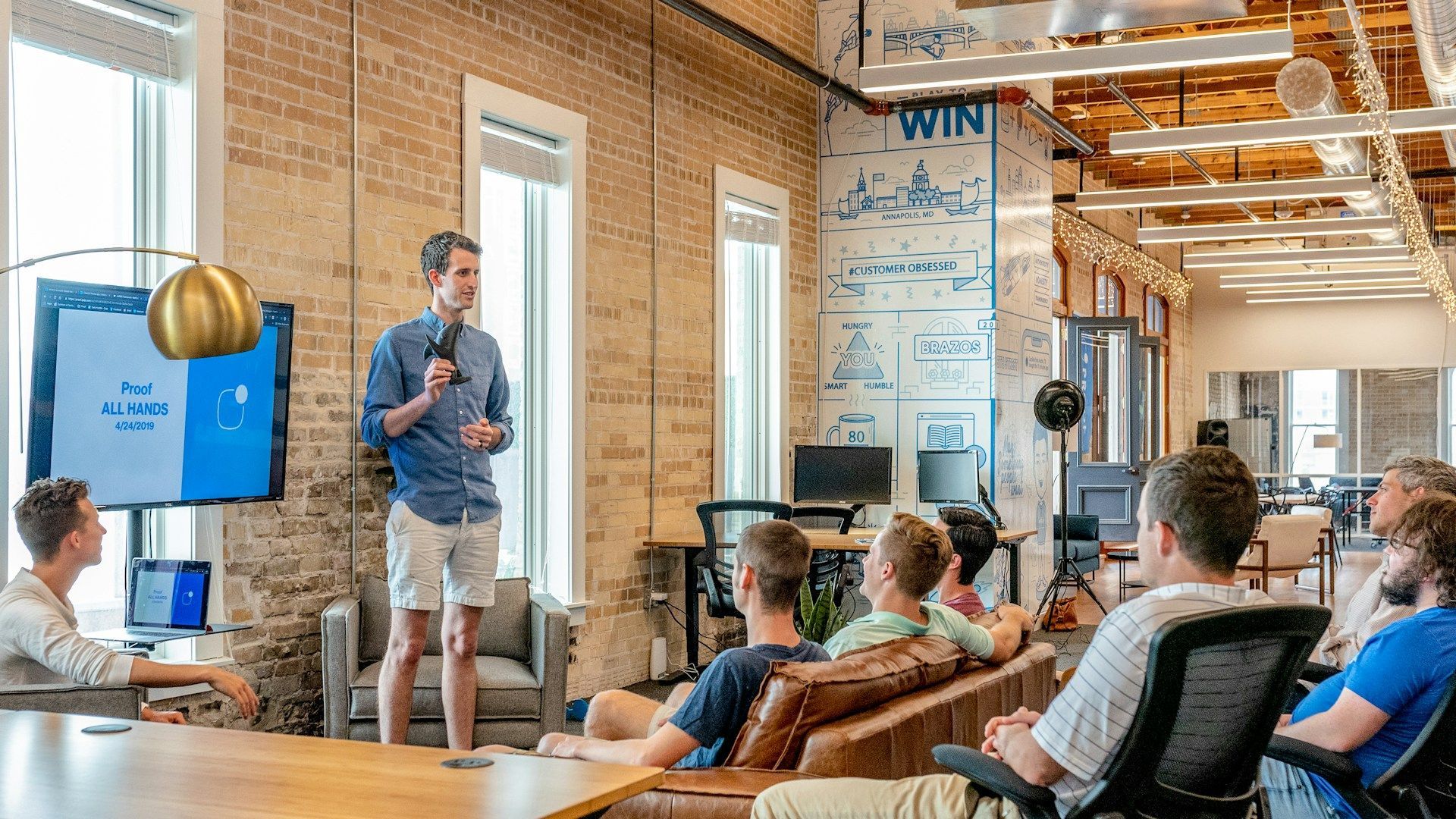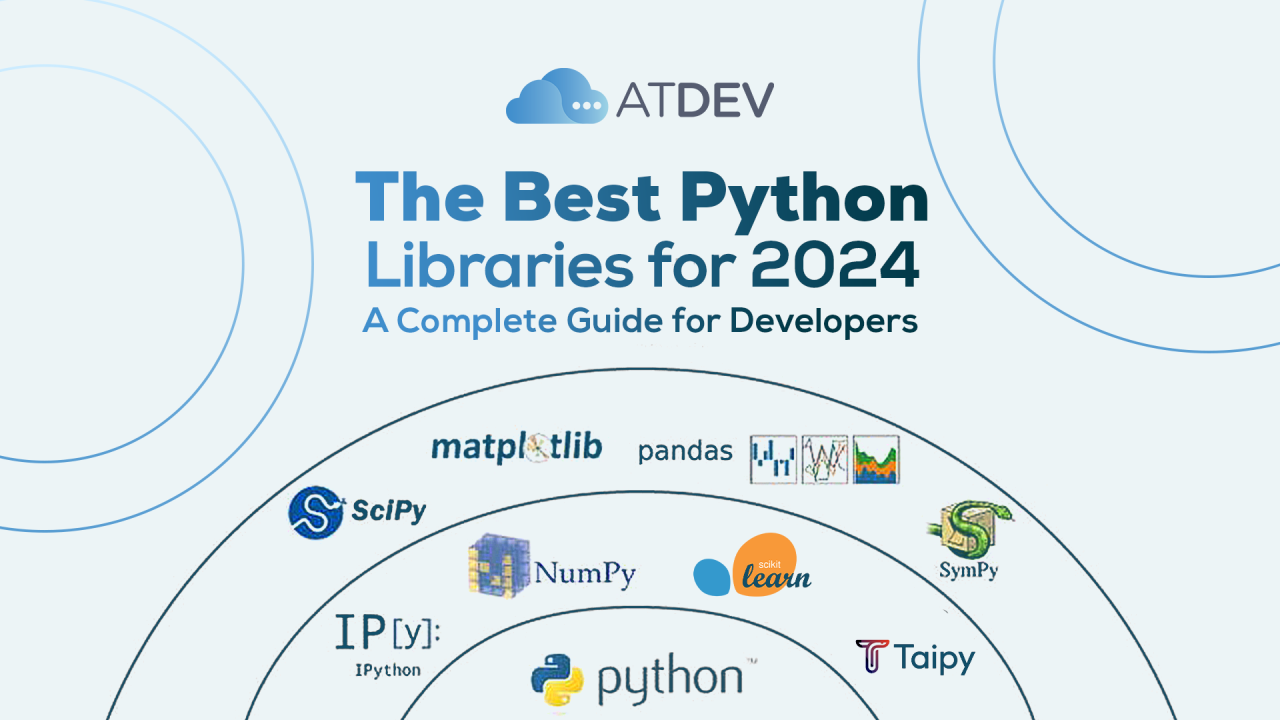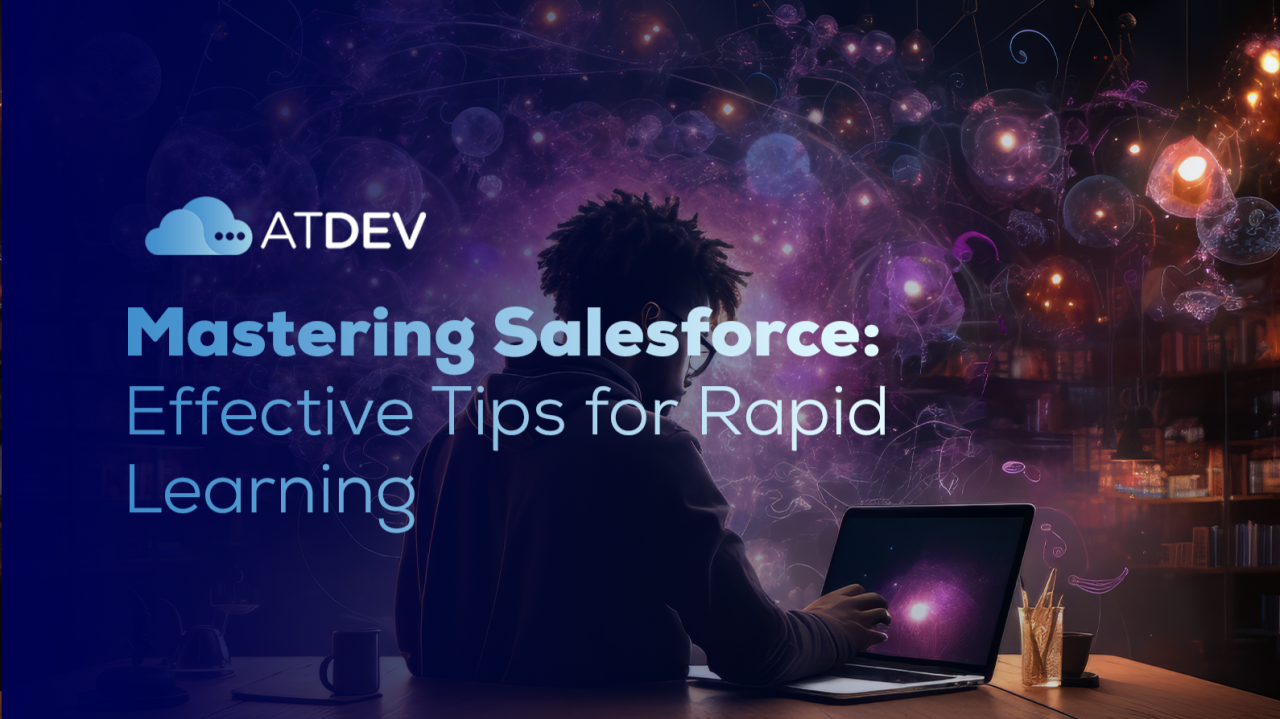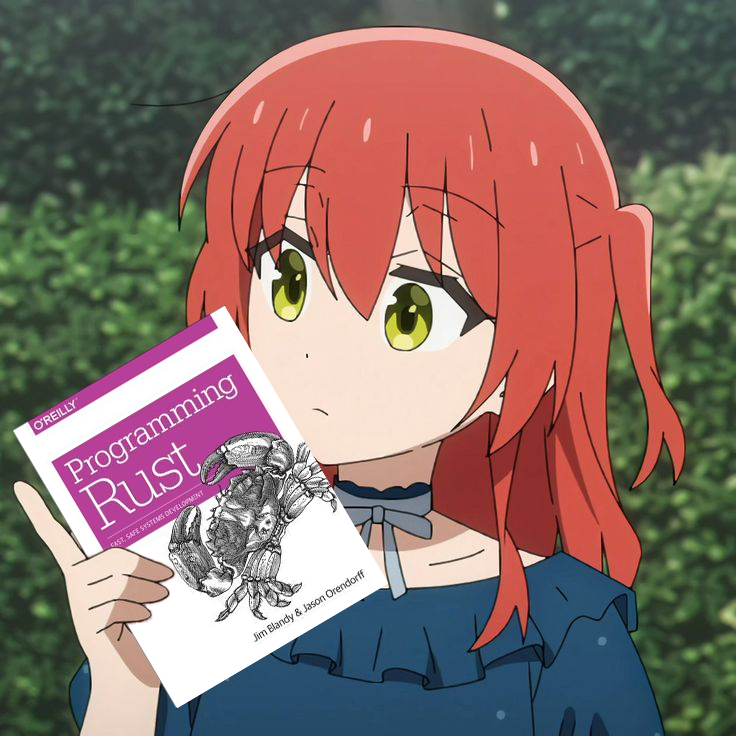technology
Developing a Minimum Viable Product (MVP) Successfully
A Step-by-Step Guide to Crafting an MVP That Works
2 min read

2024-08-06
Summary
Learn how to develop a Minimum Viable Product (MVP) that attracts early adopters and validates your product idea. This guide is designed for tech companies, software developers, business owners, and marketers, offering actionable steps to create an MVP that aligns with business goals and meets user needs.
What is a Minimum Viable Product (MVP)?
A Minimum Viable Product (MVP) is a simplified version of a product designed to test and validate core ideas with minimal resources. It includes just enough features to be functional and to attract early users, providing essential feedback for further development. The concept, popularized by Eric Ries in his Lean Startup methodology, emphasizes quick learning and iterative progress.
Why Build an MVP?
Building an MVP offers several strategic advantages:
Speed to Market: Launch quickly to capture early users and gain a competitive edge.
Cost Efficiency: Avoid heavy initial investment by focusing on essential features.
User Insights: Gather valuable feedback to understand market needs and preferences.
Risk Mitigation: Reduce the risk of failure by validating the product idea before full-scale development.
Steps to Develop a Successful MVP
1. Align with Business Objectives
Before diving into development, ensure your MVP aligns with your business goals. Identify the strategic objectives driving the project. Are you targeting new markets, increasing revenue, or enhancing customer retention? Clear objectives will guide your decision-making process.
2. Identify Core Problems and Solutions
Focus on the primary problems your product aims to solve. Conduct user research and analyze market trends to pinpoint the most pressing issues. Create a list of potential features and prioritize those that address the core needs of your target audience.
3. Prioritize Features
With a clear understanding of user needs, prioritize the features that deliver the most value with the least effort. Use techniques like the MoSCoW method (Must-have, Should-have, Could-have, and Won't-have) to categorize features based on their importance and feasibility.
4. Develop a Prototype
Create a prototype that embodies the core functionalities of your product. This can be a wireframe, a mockup, or a basic version of the software. The prototype should be functional enough to demonstrate the value proposition and collect user feedback.
5. Collect and Analyze Feedback
Launch the prototype to a select group of early adopters and gather their feedback. Use surveys, interviews, and analytics tools to collect data on user interactions and satisfaction. Analyze this feedback to identify strengths, weaknesses, and areas for improvement.
6. Iterate and Improve
Based on the feedback, make necessary adjustments and enhancements to the MVP. This iterative process helps refine the product, ensuring it meets user expectations and business goals. Continue this cycle of testing and improving until the product is ready for a broader market release.
Creating a successful MVP involves strategic planning, user-focused development, and continuous iteration. By aligning your MVP with business objectives and addressing core user problems, you can launch a product that not only meets market needs but also provides a solid foundation for future growth and success**.**
Other Articles
Most Relevant Posts

Developing a Minimum Viable Product (MVP) Successfully
A step-by-step guide to crafting an mvp that works

Elevate Your Business with ForcePynets: Your Premier Tech Partner
Harness the power of salesforce, python, .net, and javascript for leading-edge solutions

Best Libraries in Python
Most popular libraries in python

Salesforce: The Technology Shaping the Future of Business v2
General description for salesforce

Mastering Salesforce: Effective Tips for Rapid Learning
Accelerate your journey to salesforce mastery

Sanity Code Test Again
We're coding from sanity best ide in 2025

Test 4
Test 4

Test 5
Test 5

Test 6
Test 6

Test 7
Test 7

Test 8
Test 8


